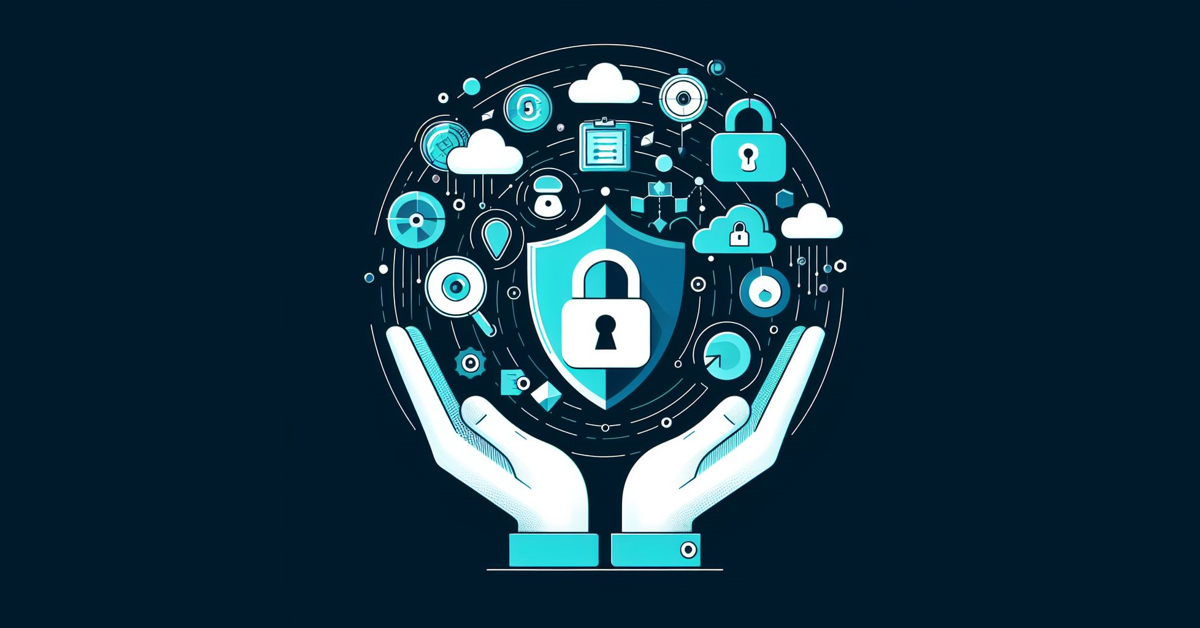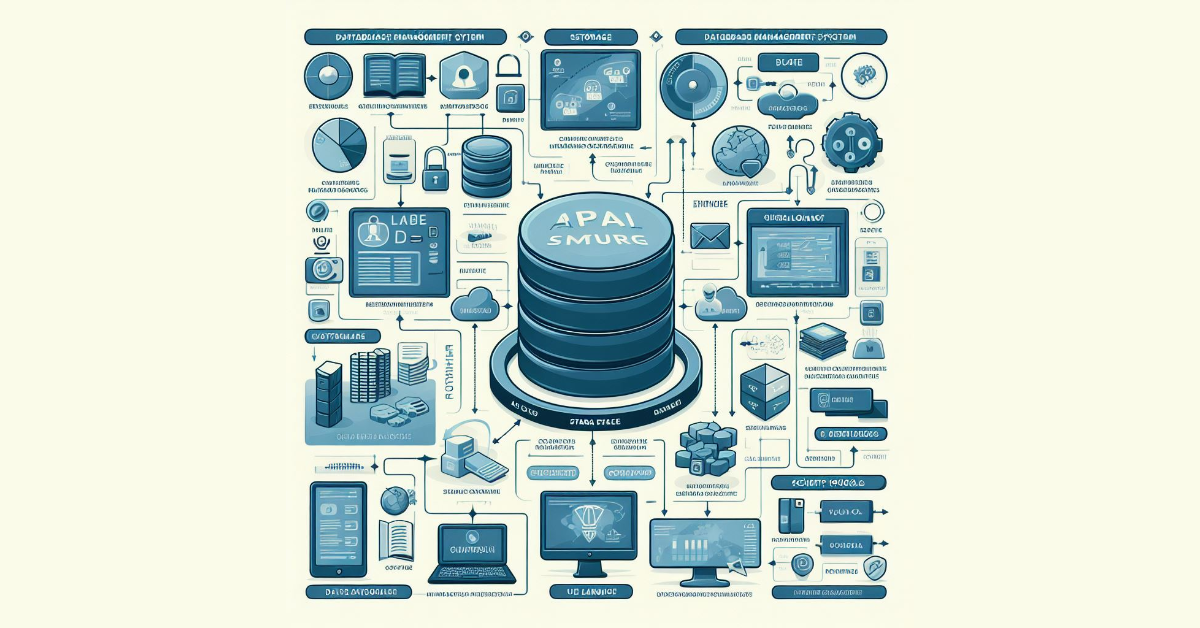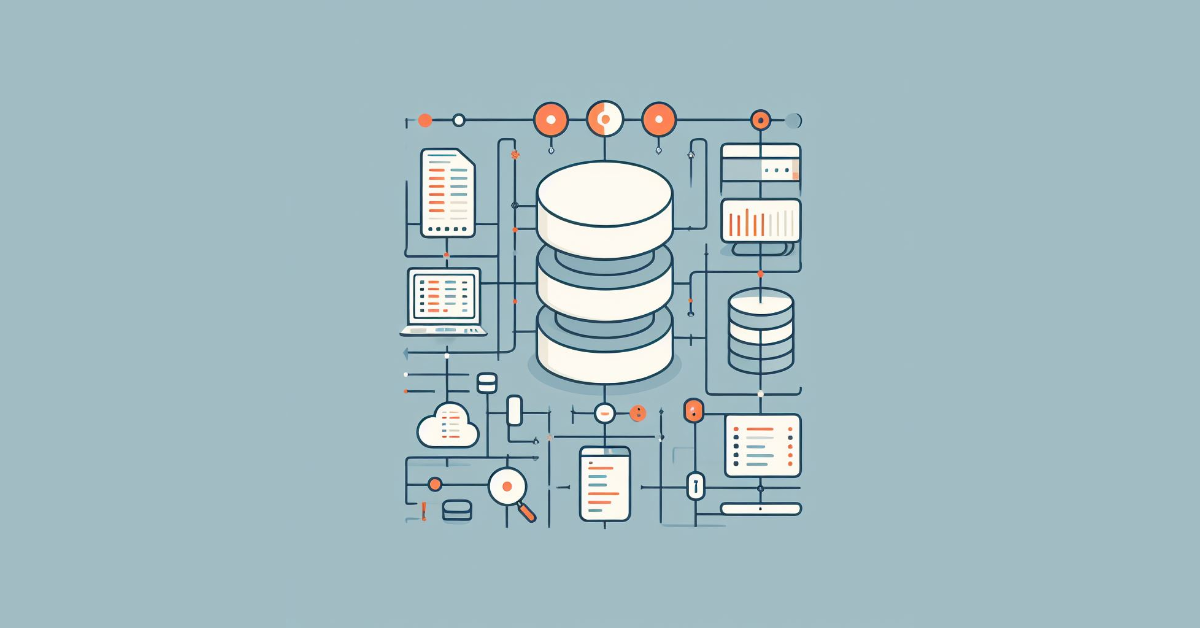Authentication is the digital bouncer that verifies the identity of users accessing software systems. Like a lock on a door, it ensures only authorised individuals can access sensitive data and services, protecting against hackers and unauthorised access. Without it, personal information is left vulnerable to theft and misuse, undermining trust in online services. In essence, authentication is the gatekeeper of software security, crucial for safeguarding user data and maintaining digital integrity.

Types of Authentication
Password-Based Authentication
Users log in with a username and password.
- Strengths
- Easy to use and set up.
- Familiar to most people.
- Weaknesses
- Prone to hacking if passwords are weak or reused.
- Vulnerable to phishing attacks.
Multi-Factor Authentication (MFA)
Requires more than one way to verify identity, like a password plus a code sent to your phone.
- Strengths
- Adds extra security layers.
- Harder for hackers to break in.
- Weaknesses
- Can be inconvenient.
- Some methods can still be hacked.
Biometric Authentication
Uses unique body features like fingerprints or facial recognition to verify identity.
- Strengths
- Harder to fake or steal.
- Easy for users once set up.
- Weaknesses
- Biometric data can still be compromised.
- Privacy concerns about storing personal data.
Token-Based Authentication
Users get a special token to access services instead of using a password every time.
- Strengths
- Scalable and good for many users.
- Easy to control access and revoke tokens.
- Weaknesses
- Tokens need to be kept safe.
- If not done right, can still be hacked.
These methods each have pros and cons, and choosing the right one depends on balancing security needs with user convenience.
Common Authentication Vulnerabilities
Password Guessing
- Attackers try to guess passwords using automated tools or by trying common passwords.
- Weak or easy-to-guess passwords make this attack more likely.
- Example: An attacker tries common passwords like “password123” to access an account.
Brute-Force Attacks
- Attackers try all possible combinations of characters to guess passwords.
- Weak or short passwords are vulnerable to this attack.
- Example: An attacker uses software to try millions of password combinations until finding the correct one.
Credential Stuffing
- Attackers use leaked username/password pairs from one service to access other accounts.
- People who reuse passwords are at risk.
- Example: An attacker uses a list of stolen passwords to try accessing various accounts, like email or banking.
Exploitation and Impact
- These vulnerabilities can lead to unauthorised access to accounts.
- Consequences include data breaches, financial loss, and damage to reputation.
- Prevention includes strong passwords, limiting login attempts, and detecting unusual login patterns.
Best Practices for Secure Authentication
Password Protection
- Hashing: Convert passwords into unreadable codes before storing them, so even if a database is hacked, passwords are protected.
- Salting: Add random data to passwords before hashing to make them harder to crack.
Secure Communication
- TLS Encryption: Use encryption to safeguard data when it’s transmitted over the internet.
- Strong Algorithms: Employ robust encryption methods to prevent unauthorised access.
Least Privilege
- Only What’s Needed: Grant users the minimum level of access required for their tasks.
- Role-Based Access: Assign permissions based on users’ roles to limit unnecessary privileges.
Following these practices strengthens authentication security, making it tougher for attackers to breach systems and access sensitive information. Regular updates and staying informed about new threats are crucial for maintaining strong security measures.
Implementing Multi-Factor Authentication (MFA)
Multi-factor authentication (MFA) adds extra layers of security beyond just passwords when logging into an account. It requires users to provide more than one type of evidence to prove their identity. Here’s why it’s important and how it works:
What is Multi-Factor Authentication (MFA) and Why is it Important?
MFA makes it much harder for hackers to break into accounts because it asks for more than just a password. Instead, it requires two or more types of proof, like:
- Something You Know: Like a password or PIN.
- Something You Have: Like a smartphone or special code generator.
- Something You Are: Like a fingerprint or face scan.
Benefits of Implementing MFA
- Better Security: With MFA, even if someone guesses or steals your password, they still can’t get in without the other proof.
- Harder for Hackers: It’s way more difficult for attackers to break through multiple layers of security.
- Meets Rules: Many rules and laws require strong security measures like MFA to protect sensitive information.
- Easy for Users: Once set up, it’s not too much extra hassle for users, and it keeps their accounts safer.
MFA helps keep your accounts safe by making sure only you can get in, even if someone knows your password.
Authentication in Web Applications
Web applications use different methods to make sure only authorised users access their content. Two common ways are:
Session-Based Authentication
- After you log in, the server creates a session ID for you. It’s like a ticket that proves you’re allowed in.
- This ID is stored securely on your device.
- Each time you do something on the website, your browser sends this ID to the server to prove it’s still you.
- Best Practices:
- Make sure these IDs are hard to guess.
- Keep them safe on the server.
- Use HTTPS to protect them from being stolen while traveling over the internet.
- Set them to expire after a while or when you log out, so they can’t be misused for too long.
Token-Based Authentication (JWT)
- When you log in, the server gives you a token (a digital pass) that contains your info.
- Every time you want to do something on the website, you show this token.
- The server checks the token to see if it’s valid and if you’re allowed to do what you’re asking.
- Best Practices:
- Use strong encryption for these tokens.
- Set an expiration time to limit their use.
- Have a way to cancel them if they’re stolen.
- Make sure only trusted websites can use them, to stop attacks from other sites.
Following these practices helps keep your data safe when you’re using web applications.
Authentication in Mobile Apps: Keeping Your Data Safe
Challenges
- Different Devices: Phones come in all shapes and sizes, making it tricky to ensure everyone’s data is safe in the same way.
- Internet Issues: Phones switch between Wi-Fi and data all the time, which can sometimes mess with security.
- Typing Troubles: Typing on a small screen can be annoying, so complicated passwords aren’t always practical.
- Risk of Loss: Phones can get lost or stolen more easily than computers, so keeping our stuff safe is even more important.
Best Practices
- Keep Secrets Safe:
- Hide important stuff like passwords in special secure places on the phone.
- Use strong codes to keep the secrets safe from sneaky folks.
- Use Your Face or Fingers:
- Some phones let you unlock them with your face or fingerprint, which is super safe and easy.
- Make sure the phone keeps this info safe too!
- Use Special Codes:
- Instead of giving away your password all the time, phones can use special codes that change often.
- This keeps the bad guys from using old passwords if they somehow get them.
- Double Check with a Friend:
- Sometimes, it’s good to have two steps to unlock your phone, like both a password and your face.
- It’s like having two locks on your door instead of one.
- Lock Up What You Send:
- When you send stuff from your phone to somewhere else, like a website, make sure it’s locked up tight so no one else can see it.
- Think of it like sending a secret message that only you and the other person can read.
Keeping your stuff safe on your phone is super important. By using special tricks like hiding passwords, using your face or fingerprint to unlock, and making sure what you send is locked up tight, you can keep your info safe even if your phone gets lost or stolen. Just like you lock your door at home, it’s important to lock up your phone too!
Authentication in the Era of IoT and Cloud Computing
As IoT devices and cloud computing become more prevalent, ensuring their security is crucial. Here’s a look at the unique challenges and best practices for authentication in these environments:
Challenges in IoT Authentication
- Limited Resources: IoT devices often have limited processing power and memory, making it tough to implement strong authentication.
- Diverse Devices: The wide range of IoT devices means there’s no one-size-fits-all authentication solution.
- Physical Vulnerabilities: IoT devices can be physically tampered with, risking the security of authentication credentials.
- Lifecycle Management: Managing the setup and retirement of IoT devices at scale is complex and requires careful planning.
Best Practices for Securing IoT Authentication
- Strong Protocols: Use robust authentication protocols like mutual TLS tailored to IoT device limitations.
- Identity Management: Establish secure methods for assigning and managing unique identities for each IoT device.
- Secure Communication: Encrypt communication between IoT devices and cloud services to prevent unauthorised access.
- Role-Based Access Control: Implement role-based access control to limit device access to necessary resources.
Challenges in Cloud Computing Authentication
- Identity Complexity: Managing identities across various cloud services and users can be challenging.
- Shared Responsibility: Cloud security is a shared responsibility between providers and users, which can lead to confusion.
- Credential Management: Safely managing authentication credentials like API keys and access tokens is vital.
- Integration Complexity: Integrating authentication across different cloud services and systems can be tricky.
Best Practices for Securing Cloud Authentication
- Identity Federation: Enable single sign-on across cloud services using identity federation mechanisms like SAML or OAuth.
- Multi-Factor Authentication: Require multiple forms of authentication for added security.
- Centralised IAM: Use a centralised platform to manage user identities and permissions consistently.
- Continuous Monitoring: Keep an eye on authentication events in real-time and enforce compliance policies.
Implementing these best practices can help ensure the security of authentication in IoT devices and cloud computing, protecting against potential threats.
Authentication serves as the bedrock of software security, indispensable for safeguarding data and thwarting unauthorised access. Throughout this article, we’ve explored different authentication methods, identified common risks, and emphasised best practices. By understanding the diverse authentication landscape, recognising potential vulnerabilities, and implementing robust security measures like multi-factor authentication, encryption, and regular audits, developers and organisations can fortify their systems against evolving threats. It’s essential to prioritise user education, share security knowledge, and remain vigilant in our collective efforts to create a safer digital environment for all.



